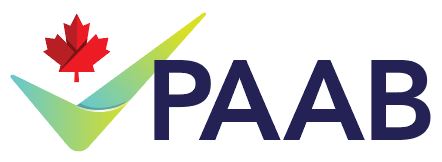166 - If a pharmaceutical company was to sponsor a Canadian Association's medical educational piece, would this require PAAB approval?
-
A pharmaceutical company can sponsor a Canadian association's medical educational piece. Determining whether the piece is exempt from PAAB preclearance involves considerations beyond simply the existence of sponsorship. Let's go over some common scenarios and discuss the answer for each.
Scenario #1: An existing piece which had already been independently controlled and prepared by the Canadian association with industry involvement limited to purchase and sponsorship of distribution. Exempt from PAAB pre-clearance.
Note that content which is exempt from PAAB preclearance is not necessarily exempt from the advertising provisions of the Food and Drugs Act/Regulations and the principles of the PAAB code. For example, distribution in a promotional context (e.g. by drug representative) may render the message promotional.
Scenario #2: A pharmaceutical company has provided an unrestricted grant to a Canadian association for the creation of a medical education piece. Exempt from PAAB pre-clearance.
In this scenario, influence from the pharmaceutical company is limited to selection of the broad therapeutic area (i.e. broad area of interest rather than specific topic). The pharmaceutical company has no awareness of the content until the piece is complete at which time the company may simply determine whether it will use the piece. Again, note that content which is exempt from PAAB preclearance is not necessarily exempt from the advertising provisions of the Food and Drugs Act/Regulations and the principles of the PAAB code. For example, distribution in a promotional context (e.g. by drug representative) may render the message promotional.
Scenario #3: A pharmaceutical company exerts influence over the process or content generated by the Canadian association. Not exempt from pre-clearance if it is a healthcare professional directed piece discussing pharmacotherapy.
The piece would require PAAB pre-clearance if the pharmaceutical company or its agent has influence over the content or process beyond selection of the broad therapeutic area (e.g. providing specific directions regarding area of focus, input on author selection, input on scope of research, or editing privileges). In such cases, the piece would be reviewed as a product branded APS if the content emphasizes or favours the sponsor's brand. If the content does not emphasize or favour the sponsor's brand, it would be reviewed as an editorial APS.
